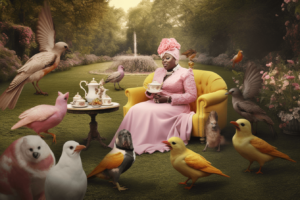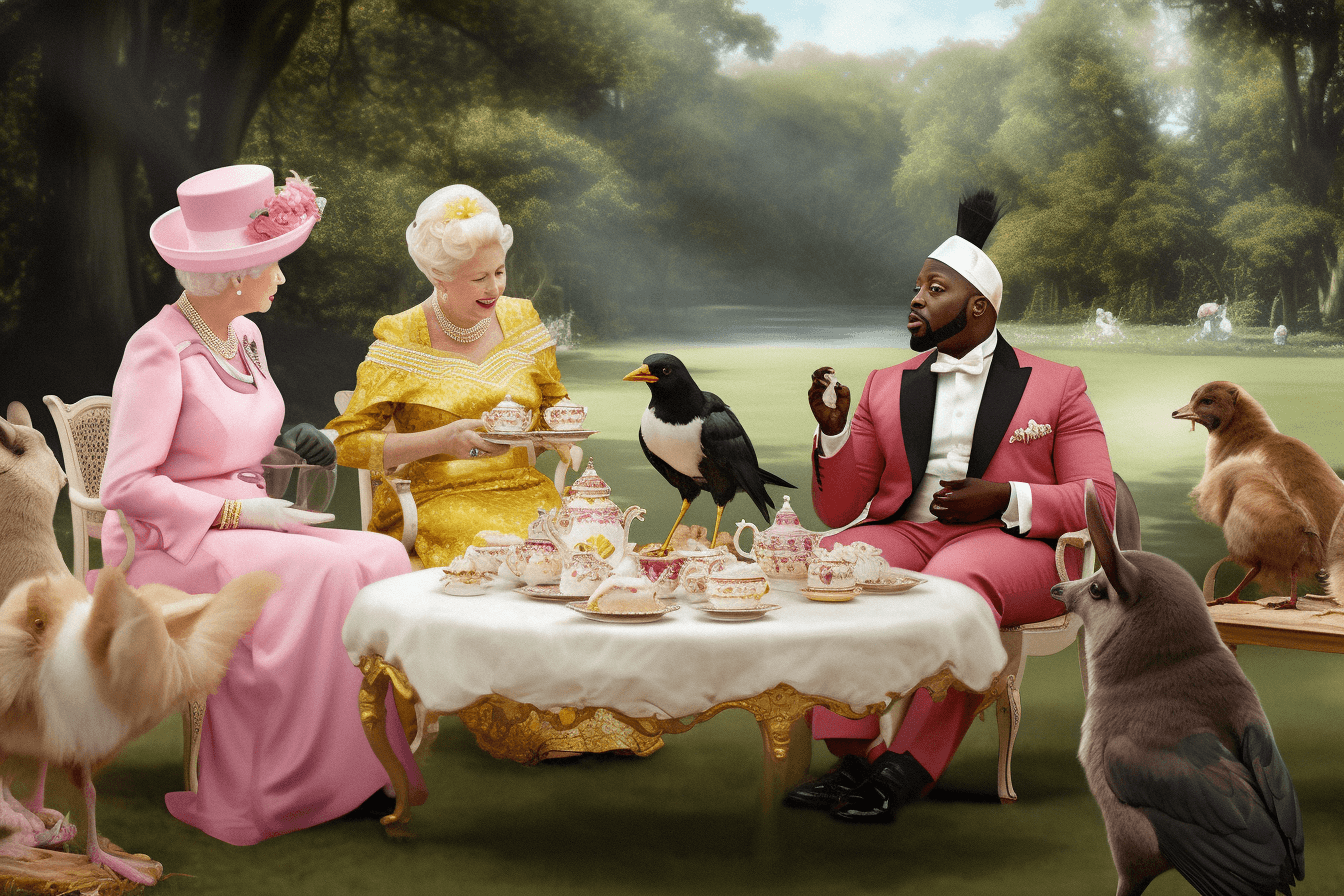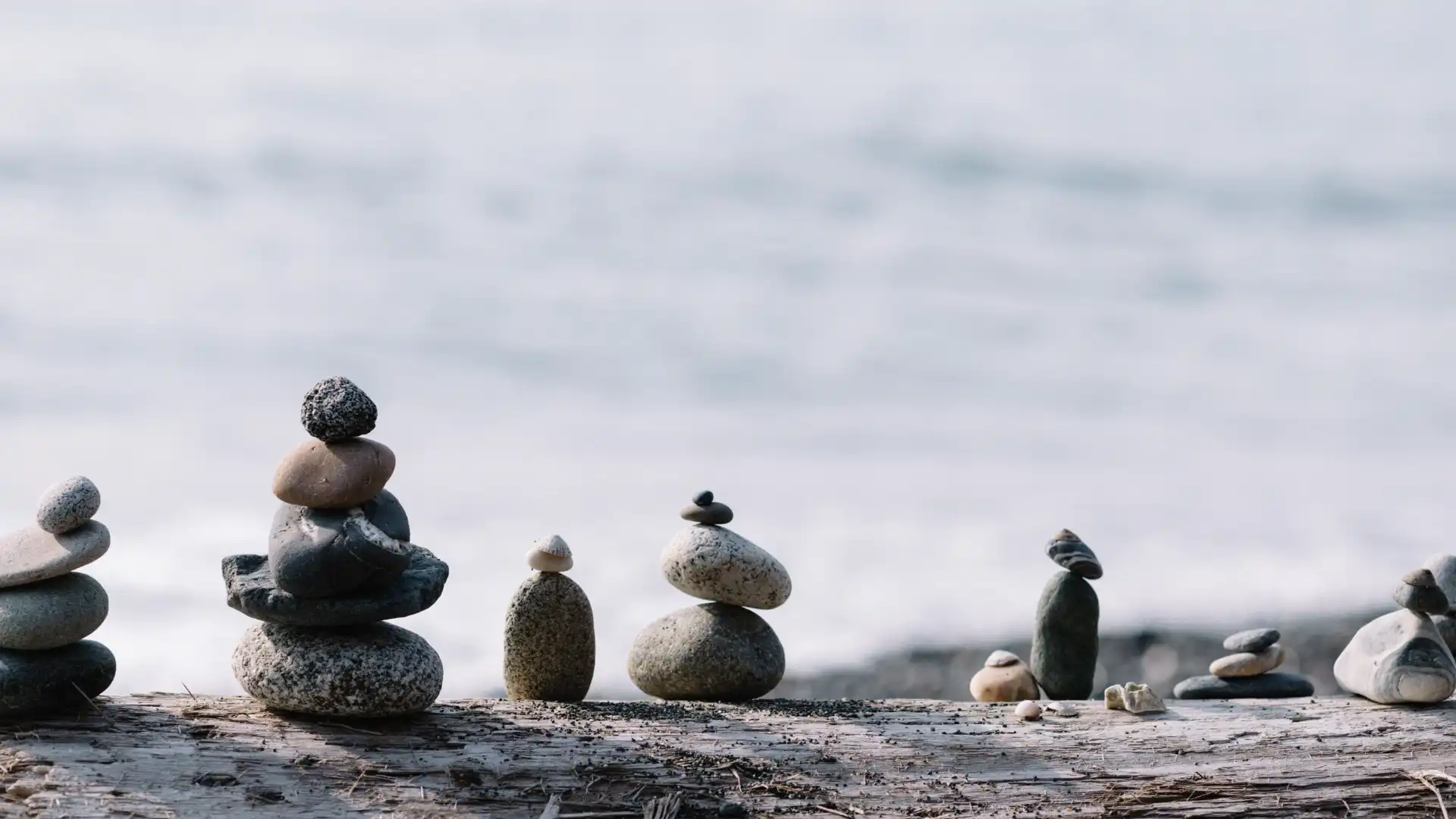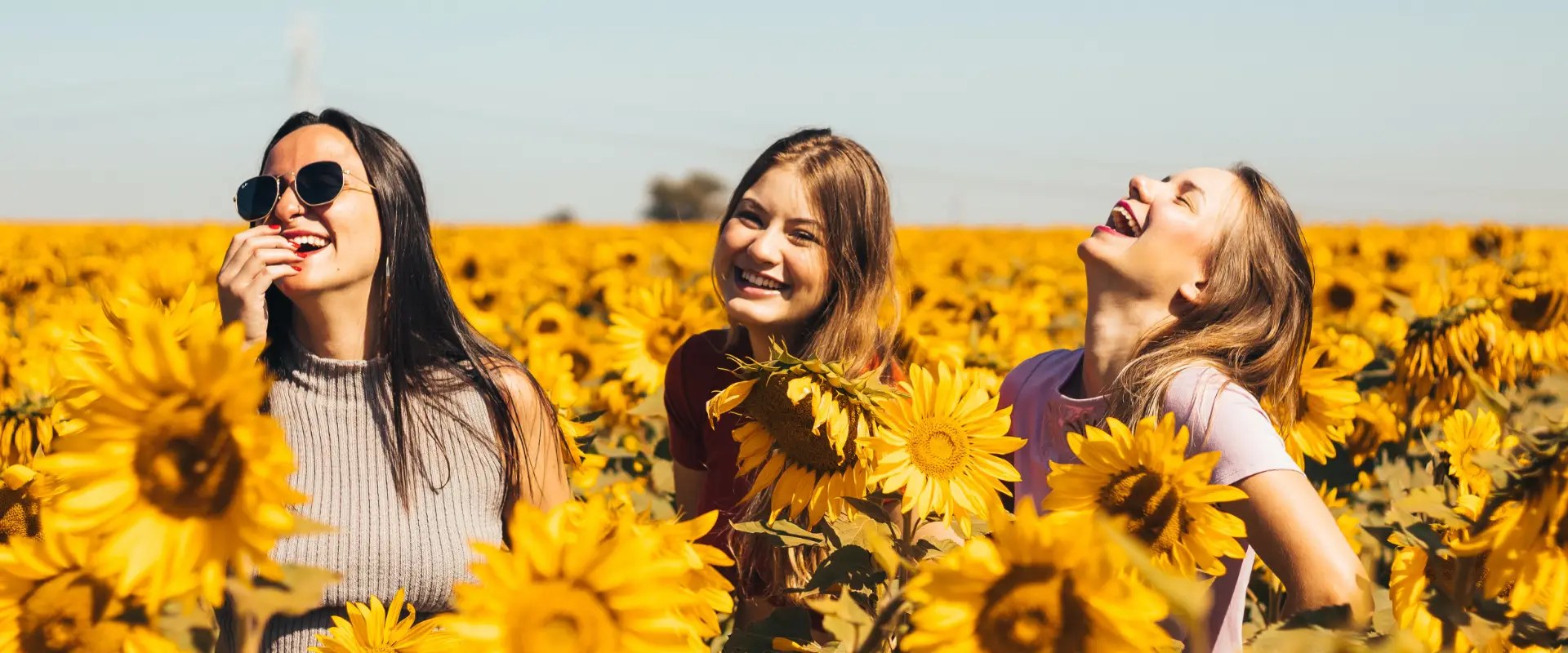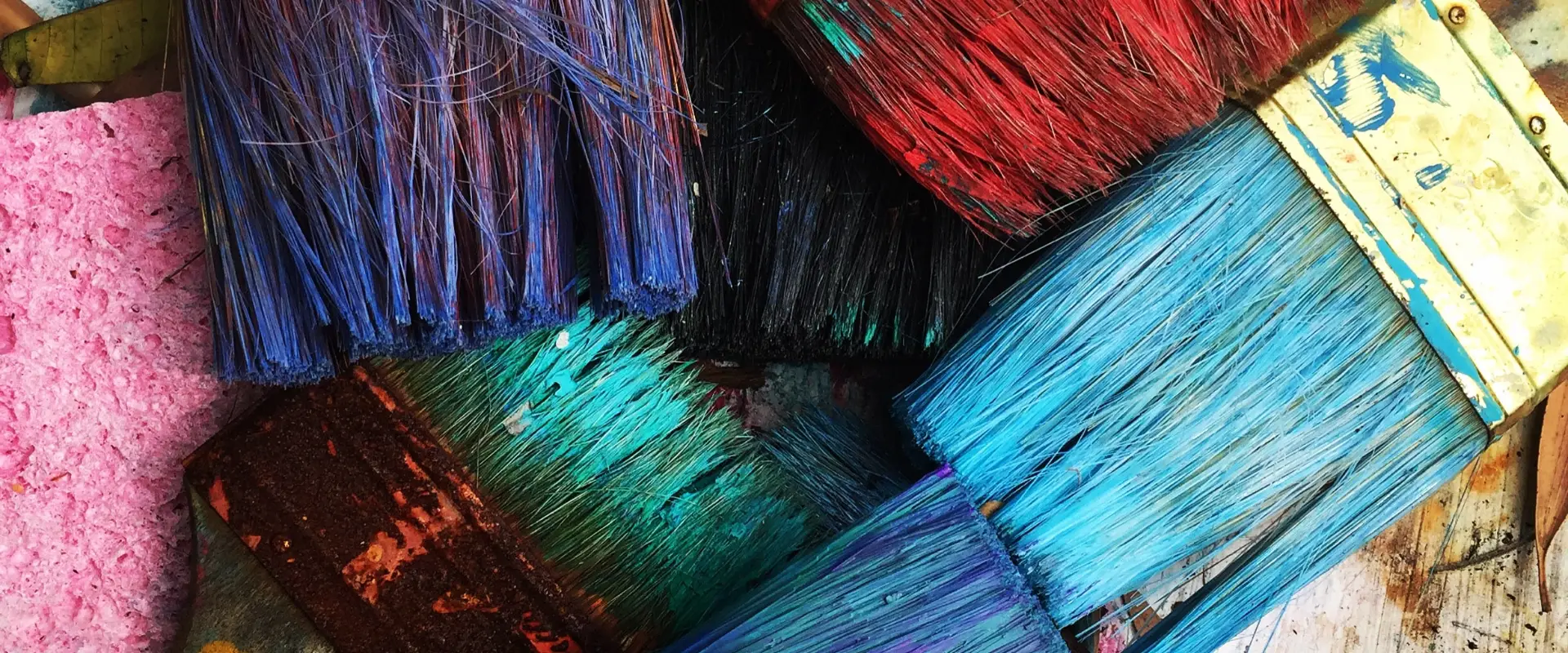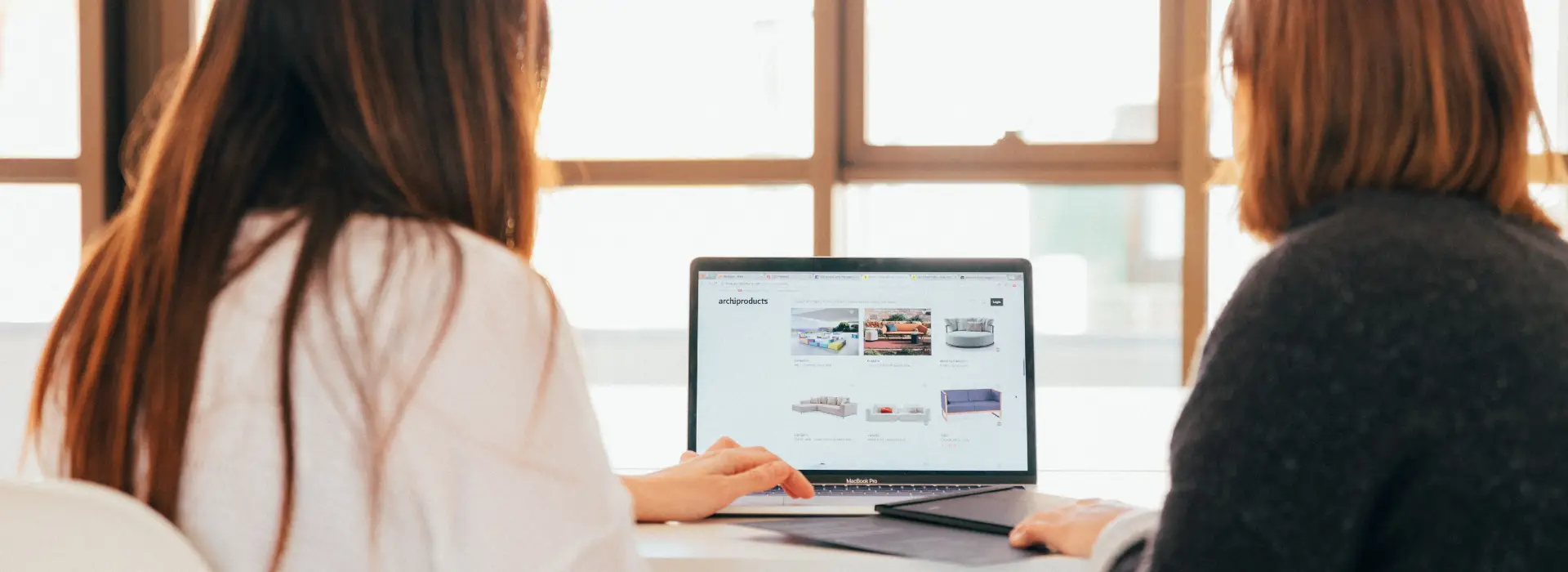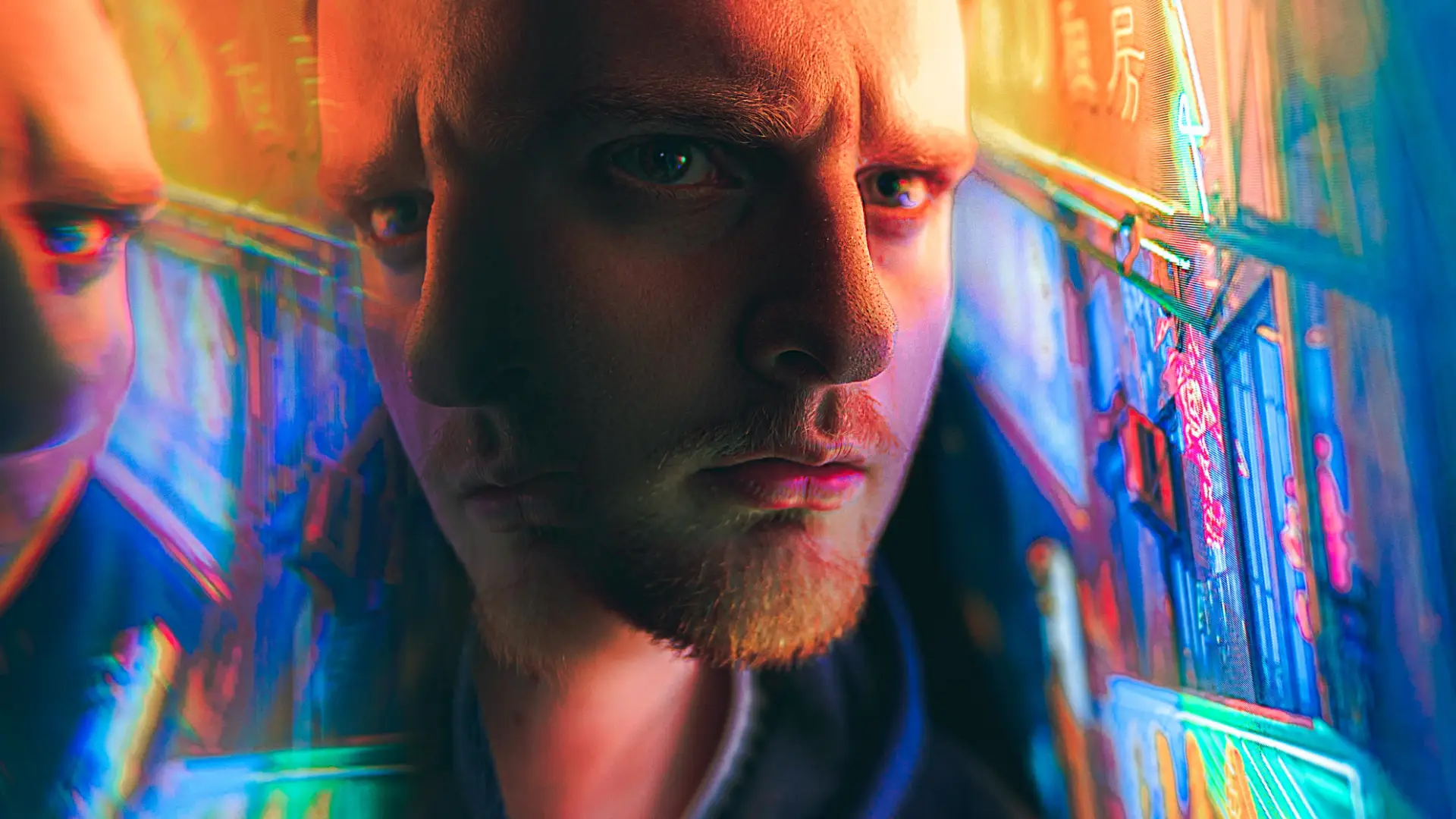Trying to choose the perfect branding colour palette?
You’re in the right place.
We all know the importance of colour for branding, but it can be an overwhelming choice.
Today we’re going to show you a great (free) colour palette generator. We’ll drop some tips to help you get the best branding colour combinations. We’re going to talk about primary and secondary colour palettes and how many colours you need. Finally we’ll find out what brand colours mean and get right into branding colour psychology.
Primary and secondary colour palettes.
Your primary palette is essentially those colours used in your logo. They’re usually 1-4 colours and these have the strongest connection to your brand. Your secondary palette supports the primary palette. These should be more neutral and compliment your primary palette rather than competing with it. You don’t want to outshine your logo.
How many brand colours should i have?
Depending on the needs of your brand, this can range. Including your primary and secondary palette, I would say a minimum of 5 and no more than a dozen. If you have sub-brands you might use more, but the more colours you have, the more you dilute your brand recognition.
What colours mean for branding.
Let’s talk about the psychology of your branding colours. Are you thinking about using a certain colour but not sure if it’s right for your brand? Wondering what colours mean? Check if your tone matches your vibe with these colour descriptions.
Blue
Green
Red
Yellow
Purple
Orange
Pink
Brown
Grey
White
Black
Blue
Statistically the most popular colour of the visible spectrum, blue is calming and peaceful.
Blue represents relaxation, communication, loyalty, business and security. Conjuring feelings of serenity, security and orderliness. This makes it a popular choice for corporate brands.
But blue can also portray feelings of sadness, especially when it’s not complimented with a warmer colour.
The colour blue causes our body temperature to drop, heart rate to decrease and produces calming chemicals.
Blue relates to self expression. Speech, communication, the ability to express our needs and requirements.
Blue is used in offices as studies show that it boosts productivity. People are reported to be able to be physically stronger in blue rooms, so gyms often paint their walls blue.
Although good in offices and gyms blue is not recommended for bedrooms as it can interrupt our circadian rhythms. During the day we see the blue sky so we associate it with wakefulness. This has a negative effect on sleep patterns.
Although popular, blue is the least appetising of colours. Some dieticians recommend eating off a blue plate to decrease your appetite. This may be because blue rarely appears in foods and is often a sign of spoiled food or poison. If you’re a restaurant or food brand, maybe choose another colour.
Green
Green is a diverse colour that contains many meanings for us and is second only to blue in popularity.
Green is most often associated with nature. It is the colour of growth and fertility, of health, renewal and healing. In the middle ages brides wore green to symbolise fertility. The word green has in fact been traced to the Old English word growan, ‘to grow’.
Islam venerates the colour green as their paradise is expected to be full of lush greenery and many cultures view green as a colour of wealth and prosperity.
Green is a restful colour, it is the easiest colour for the human eye to look at. Colour therapists often use green as a balancing colour as it is situated in the centre of the colour spectrum.
It is a very popular decorating colour for its calming effect. It is said that time goes faster in a green room and that people who work in green environments suffer less illness. Whilst waiting to appear on television people are sat in a green room to aid in relaxation.
Green can be used in times of stress to promote tranquillity. When feeling stressed try wearing something green or going for a walk in a park or garden.
The colour green also has a dark side, often representing envy or illness. Being green with envy or being assailed by the green eyed monster are common expressions. Looking green around the gills is a colloquialism for looking sick.
Inexperience is sometimes described with the word green. A horse that has just been broken to the saddle is referred to as green. The term greenhorn is used to describe an inexperienced person. This use of the word green may have come from green being the colour of immature or unripe fruit.
Green relates to the heart chakra. This chakra relates to love and self love, that is to say the ability to give and take unconditionally. When balanced we are able to give this love and also to love and nurture ourselves.
Green is the balance between the higher or cool colours in the colour spectrum and the lower, warm colours.
Red
Red is an intense colour with many strong associations to our emotions and traditions.
Said to be the most emotionally intense colour of the spectrum, red is not only used to describe our feelings but can in fact evoke them.
It represents rage and violence, excitement, love and comfort. It is the colour used predominantly on valentines day to portray feelings of love. But, ironically, it is also a colour very closely associated with conflict and anger.
It is the colour of blood making it a representative of death, although some cultures see it as representing life. From childbirth, rights of passage such as circumcision, hunting and eventually death, blood is present in all stages of life.
Studies show that being exposed to red actually raises our blood pressure and respiration rate. The same physical reactions we have when we are excited, angry or experiencing passionate love.
Red is used in restaurants to stimulate appetite. In decorating it is often used as an accent so that it doesn’t dominate too heavily. Red clothing gives the wearer the appearance of being bigger.
Red is a strong, powerful colour. Red is hot. Red is intense and it is happy. Studies show that men find women wearing red more attractive.
Red is used as a warning in stop signs and lights and is placed on hot taps to warn of temperature.
In China, red is the colour of happiness, luck and prosperity. Eastern brides wear red. In South Africa it is the colour of mourning. Communism is associated with red and because it is associated with power, red is used on many national flags.
Red relates to the base chakra. This chakra relates to physical identity, oriented to self-preservation. Located at the base of the spine, this chakra forms our foundation. It represents the element earth, and is therefore related to our survival instincts, and to our sense of grounding and connection to our bodies and the physical plane. Ideally this chakra brings us health, prosperity, security, and dynamic presence.
Yellow
Yellow is the brightest colour in our visible spectrum, it is cheerful and sunny.
In colour therapy yellow was thought to stimulate the nervous system, purify the body and speed our metabolism.
Although yellow is considered a happy colour, people are more likely to lose their temper in a yellow room and babies have been shown to cry more in rooms painted yellow.
Yellow is a very high energy colour, of all the colours it reflects the most light and therefore can be hard on our eyes. Yellow paper or backgrounds on computer monitors can lead to eyestrain and vision loss in extreme cases.
Although yellow is not recommended in large doses, it is a mentally stimulating colour. Yellow can activate memory and communication. Note pads and post-its are often yellow for this reason.
In Egypt yellow is the colour of mourning, and in England in the Middle Ages actors dressed in yellow to symbolise the dead.
On it’s darker side yellow has been used to convey cowardice and deceit. This is usually represented with a darker or greenish yellow. In contradiction, yellow in Japan represents courage.
Yellow relates to our Solar Plexus Chakra. This chakra is known as the power chakra and is our ego identity oriented to self-definition. It is located midway between the navel and the base of the sternum.
It represents the element fire an it rules our personal power, will and autonomy, as well as our metabolism. When healthy, this chakra brings us energy, effectiveness, spontaneity, and non-dominating power.
Yellow shines with optimism, enlightenment, and happiness. Shades of golden yellow carry the promise of a positive future. Yellow advances from surrounding colours and instils optimism and energy, as well as sparking creative thoughts.
Purple
Our third favourite colour, purple, is a rich and vibrant colour full of tradition and meaning.
Purple is historically a symbol of power. Purple dyes, before today’s mass manufacturing, were laborious and expensive to produce. This meant only the very rich and powerful could afford them and as a result purple came to represent royalty, luxury, wealth and power.
Purple togas were worn by the all powerful Roman Emperors and became the signature colour of the Ceasars. In medieval Europe it was the colour of royalty and could, by law, only be worn by the royal family. Even today, the Queen of England is most often seen in purple clothing.
Purple is used extensively in religion to mark important people or events. Christians use purple to represent Advent and Lent. In Tibet purple amethysts were sacred to Buddha. In Tudor Britain, violet was the colour of mourning, as well as the colour of religious fervour.
Purple is also considered a romantic colour. It is considered feminine and sophisticated. It has also been used to represent spirituality and wisdom. In fantasy wizards and witches are often depicted wearing purple.
Purple can be used to rebalance your life by calming you from stress and over activity or to soothe and energize from depression.
Painting a room purple can boost a child’s imagination or an artist’s creativity. But too much has been known to cause moodiness.
Purple relates to the Brow Chakra. This chakra is also known as third eye justify and relates to archetypal identity, oriented to self-reflection. It represents the element of light and is related to the act of seeing, both physically and intuitively. As such it opens our psychic faculties and our understanding of archetypal levels.
Orange
Orange is warm, exciting and enthusiastic. It stimulates creativity, productivity and communication.
It is considered a social colour as it stimulates conversation and mental activity.
Orange is said to increase oxygen supply to the brain and to heal the lungs. It increases energy levels, both physically and mentally. Also, as a citrus colour, it is associated with vitamin C and healthy food in general.
Orange is a colour of change, this meaning comes from the changing leaves of Autumn and the transformation from Summer to Winter.
Being such a bright colour, it is used extensively for traffic and warning signs as well as reflective safety clothing. Although orange draws attention by itself, in these situations, it is backlit with its complimentary colour of blue; the sky.
Orange can stimulate appetite and is used with brown as a colour representing Thanksgiving in America.
It also represents Hinduism, traditionally swamis wear orange robes. It is thought that it is used in Hinduism as it represents fire and the burning of their former selves, their ego and personal wants.
Orange combines the energy of red and the joy of yellow. A darker orange with more red in it can evoke feelings of desire and sexual passion, aggression and a thirst for action.
A lighter, more yellow hue projects feelings of warmth, happiness and even wealth as it is similar to gold.
Orange relates to the Hara Chakra. This chakra defines our emotional identity, oriented to self-gratification. The second chakra, located in the abdomen, lower back, and sexual organs, it is related to the element water, and to emotions and sexuality. It connects us to others through feeling, desire, sensation, and movement. Ideally this chakra brings us fluidity and grace, depth of feeling, sexual fulfilment, and the ability to accept change.
Pink
Pink is the colour of love and romance, joy and happiness. It it one of the only colours with no negative associations.
Pink can evoke feelings of calmness and relaxation. It is associated with tenderness and caring. Baby girls are dressed in pink.
Pink can carry the same high energy as red without the violent tendencies that colour can engender.
Wearing pink can strengthen feelings of self-love, contentment and acceptance.
Pink is known for its calming affect and is also known to lower energy levels and moderate turbulent emotions.
Love and romance are inextricably tied to pink, especially the lighter shades. It is said that this meaning was given to pink as it reflected the blush of a young woman’s cheeks.
In Japan the annual blooming of the pink blossomed cherry trees is said to represent young Japanese warriors who fell in battle in the prime of their lives. In a way this association is mirrored in western culture where the phrase ‘in the pink’ refers to the pinnacle of health.
Pink relates to the Crown Chakra. This chakra refers to universal identity, oriented to self-knowledge and consciousness as pure awareness. It refers to the element of thought.
It is our connection to the greater world beyond, to a timeless, spaceless place of all-knowing. When developed, this chakra brings us knowledge, wisdom, understanding, spiritual connection, and bliss.
Brown
Solid, reliable brown. It stands for the earth and is abundant in nature.
Brown can imply genuineness, strength and reliability. It represents steadfastness, simplicity, friendliness and good health.
Being such a wholesome and earthy colour, brown can evoke feelings of warmth and comfort, security and grounding.
It can also bring forth feelings of sadness and wistfulness. Just look at sepia photographs and you get the pang of nostalgia that brown can evoke.
Wear brown when you want to feel more connected to the earth, or just more grounded and stable. It can help you blend into the background, but is also sophisticated without the starkness of black.
Brown stimulates appetite. Its connection with feelings of warmth and health may be responsible for this. It gives you a sense of home and, by extension, wonderful home cooked meals. It may also be because brown is so closely tied to nature and the earth where all food comes from.
Thanksgiving in America is represented by brown along with orange. This holiday is to celebrate the harvest, so brown would be a natural choice.
In India, brown is the colour of mourning as it resembles dying leaves.
It can also have a negative side. The term brown nose describes someone who attempts to ingratiate themselves with people of authority for their own gain.
It has also been said that people who choose brown as their favourite colour may have repressed personalities. But brown lovers are also said to be conventional, orderly and dependable.
Grey
Cool, conservative and moody, although it is often over looked as a boring hue, grey is rich in meaning and visual impact.
Grey is a sophisticated colour, it represents maturity and age, sadness, intelligence, practicality and prestige.
Grey, being a tint of black, carries much of that colour’s meaning. Although many of the negative connotations are left behind.
Charcoal suits are part of the corporate uniform. They denote sophistication without sexiness and intelligence without the dark mystery and fear that black can engender. Light grey is a favourite colour for men’s suits on occasions such as weddings.
Grey is said to be the most neutral of all the colours and this fact lends itself to the perception of grey being a boring colour.
Undyed wool garments are generally some shade of grey. In the Elizabethan era the poor and junior priests wore these garments as they were cheap to produce. This gave grey an image of staid conservativeness.
Grey is the Christian colour for Lent. A time of prayer, penitence and self-denial.
As the colour of storm clouds, ashes and cobwebs grey is often seen as a spooky, moody colour. Ghosts and dusty, haunted houses are often depicted in grey to capture that mood.
On the other hand grey can be a very prestigious colour. Silver is used to denote expense. It also calls to minds kitchens and science laboratories.
White
White is rich in religious and cultural meaning. Whilst some would argue that it is not a colour, it inspires us and affects us as other colours do.
White means peace, cleanliness, freedom, purity and innocence.
White is a very interesting colour as different cultures view it in very different ways. Western cultures see white as peace and purity, but in the east it is the colour of death.
In most western cultures brides wear white to symbolise virginity and innocence. The white veil is also a symbol of this purity. In Japan brides also wear white but this is to symbolise the death of their old life and their old family and rebirth into their new one.
In many religions priests wear white. This is to represent that they are pure enough to enter the temple or church and carry out their religious duties. The Pope is always clad in white.
White is synonymous with Heaven, as it is imagined to be in the clouds where everything is white. People are reported to see a white tunnel during near death experiences and angels are depicted with white wings and robes.
Waving a white flag is a sign of peace, truce or surrender. A white dove is symbolic of peace in the Christian religion.
In Eastern culture white is symbolic of death. It is the colour of mourning and worn at funerals.
White is used in decorating to create a sense of space. Most hospitals, doctors surgeries and dentists clinics are painted white to create a feeling of cleanliness and hygiene.
Black
Although, like white, is said not to be a colour, black makes us feel like no other hue on earth.
Black is power, elegance, formality, death, evil, and mystery.
The colour of night, of vampires and witches, of the unknown and evil. Black can scare us with its mystery. It represents power, maybe this is why we fear and revere it.
Black represents death and mourning in western culture. It is worn at funerals and in some cultures widows wear black for the rest of their lives. Conversely, ancient Egyptians saw black as the colour of life and rebirth.
In fashion black is seen as sophisticated, powerful and slimming. It is the colour of choice for formal wear; black tie and the little black dress. It is also timeless and considered sexy.
In Eastern culture black is associated with wisdom and authority. In most martial arts the black belt symbolises the highest level of learning and skill.
Black usually has negative connotations and is associated with fear and the unknown. Think of black holes, the black market, black death and blacklists.
Black is seldom used in decorating, and when it is, it is only small details.
This is because black is the colour we see when a surface absorbs all light and reflects nothing. Because of this it makes a space seem dark and much smaller than it really is.
Photo by RhondaK Native Florida Folk Artist on Unsplash
